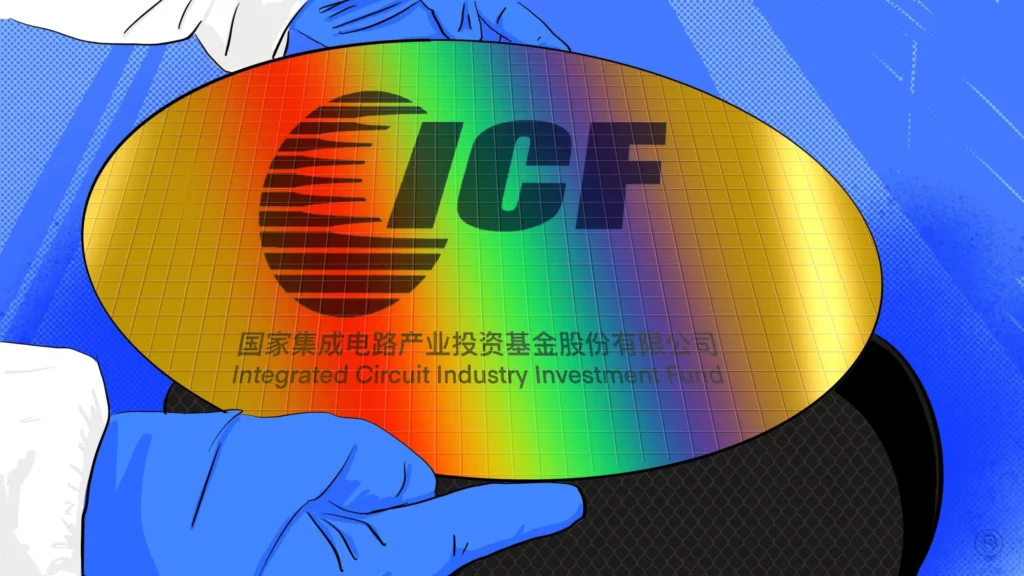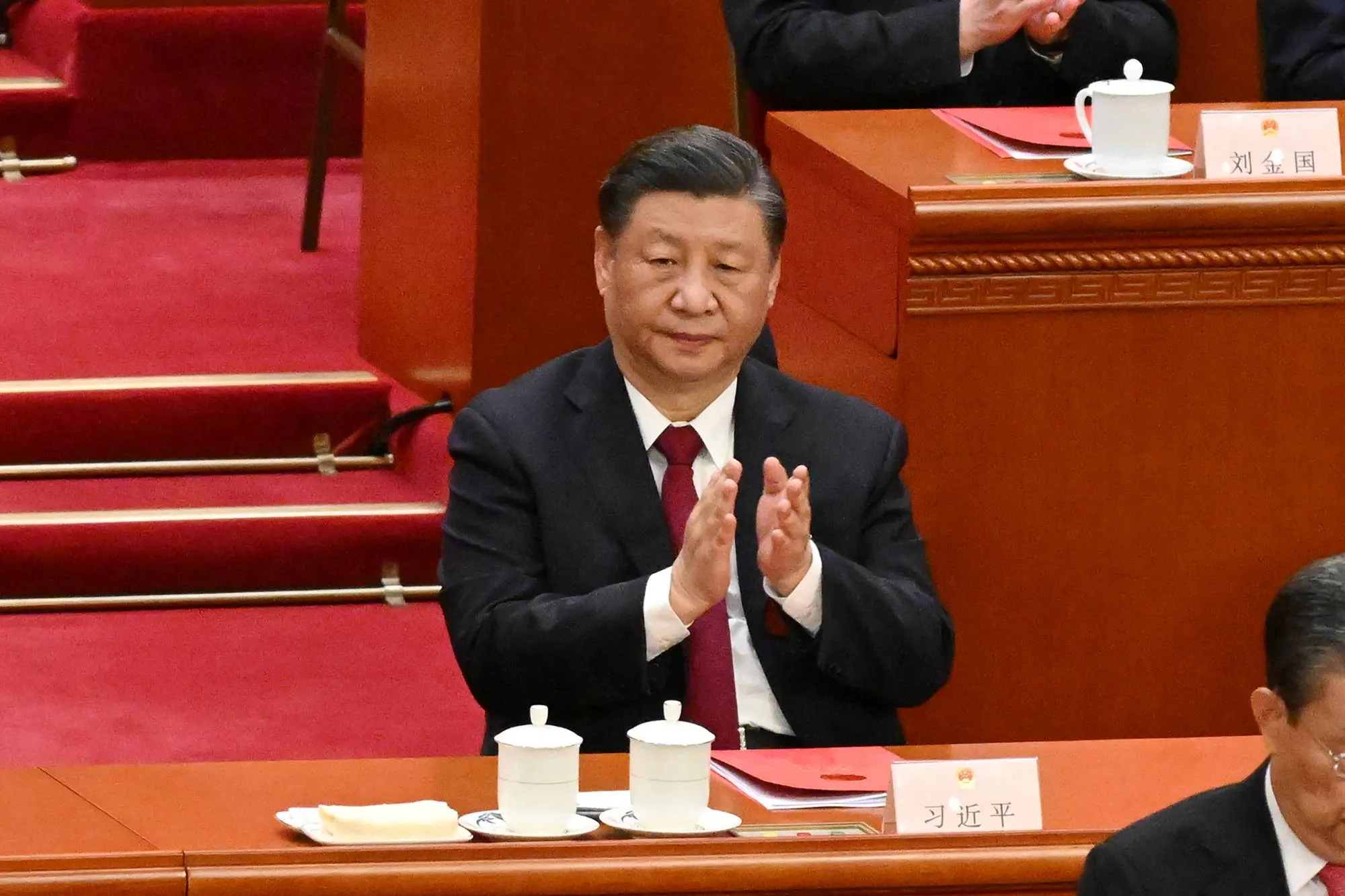Introduction
In a significant development for the global semiconductor industry, China has announced the launch of its third installment of the Big Fund III, a government-backed investment initiative aimed at bolstering the country’s semiconductor capabilities.
With a staggering investment of US$40 billion, this move underscores China’s commitment to reducing reliance on imported chips and enhancing its self-sufficiency in chip production and equipment manufacturing.
Follow us on Linkedin for everything around Semiconductors & AI
What is Big Fund?
Big Fund is another name for the China Integrated Circuit Industry Investment Fund. It’s a giant Chinese government fund designed to boost their domestic semiconductor industry.
History
In June of 2014, the State Council of the People’s Republic of China put forward the National Integrated Circuit Industry Development Guidelines, suggesting the establishment of a national investment fund to specifically support the Integrated Circuit Industry. Following this, in August 2014, Sino IC Capital, a fund management company, was formed by China Development Bank, with a 45% ownership stake.
On September 26, 2014, the Integrated Circuit Industry Investment Fund (ICF) was founded. As stated on the Ministry of Industry and Information Technology (MIIT) website, its purpose was to invest in chip manufacturing, enhance industrial production, and encourage mergers and acquisitions. Operating as a corporate entity under MIIT and the Ministry of Finance, the fund utilized a two-tier management system, with the board setting strategy and approving major projects while Sino IC Capital handled investments and fund management. Its initial objective was to increase the annual revenue of domestic semiconductor companies from 2015 to 2020 and ultimately establish global leadership across all segments of the semiconductor supply chain by 2030.
In its first financing round in 2014, the fund raised US$21.8 billion, deploying at least 60% of its capital into chipmaking investments. The initial phase’s performance surpassed market expectations.
Big Fund II
Moving to its second phase in 2019, ICF raised US$29.08 billion, with 75% allocated to wafer fabrication projects, following a more conservative investment approach.
However, in 2022, the fund faced dormancy due to anti-graft investigations resulting in the resignation of its chief, Ding Wenwu. Investment operations resumed in early 2023, with Zhang Xin appointed as the new head on March 10.
By September 2023, ICF initiated the fundraising for its third phase, targeting approximately US$40 billion for another fund.
In February 2024, reports indicated that the third fund aimed to raise over US$27 billion, with investors such as the Shanghai Municipal People’s Government and the State Development and Investment Corporation participating.

Here’s how Big Funds 1 and 2 helped China:
Investing in Chip Companies: These funds injected significant cash into Chinese companies that design and manufacture semiconductors. This provided them with resources for research, development, and production.
Closing the Gap: China relies on foreign chipmakers for some advanced technologies. Big Funds helped fund development in these areas, aiming to close the gap and reduce reliance on imports.
Building a Stronger Industry: By supporting domestic companies, Big Funds helped create a more robust and competitive Chinese semiconductor industry. This could lead to lower chip prices and greater innovation in the long run.
The Big Fund III: A Game-Changer in Semiconductor Investments
The Big Fund III marks a watershed moment in China’s semiconductor industry. Backed by substantial government support, this investment initiative signifies a strategic shift towards achieving technological autonomy and reducing dependence on foreign chip imports.
Backed by a staggering US$40 billion infusion, the latest installment in the Big Fund series is set to claim the title of the largest funding endeavor to date.
China’s launch of Big Fund III is definitely a strategic move in the semiconductor sector. Here’s a breakdown of why it’s important:
China’s Chip Ambitions: China aims for domestic dominance in chip manufacturing, lessening reliance on other countries US restrictions cited as a reason: , reducing vulnerability. Big Fund III accelerates this goal.
Building on Success: Big Fund I and II have already invested heavily. Big Fund III, potentially the biggest yet at $40 billion, shows China’s continued commitment.
There are some reports suggesting a $27 billion figure for Big Fund III, with a focus on regional projects.
This substantial investment reflects China’s ambitious drive to establish itself as a dominant force in the global semiconductor arena.
Why Big Fund III is a Game Changer?
Big Fund III is a big deal for a few key reasons, tied to China’s ambitions in the global tech landscape:
Self-Sufficiency in Semiconductors: Semiconductors, or chips, are essential components in everything from smartphones to fighter jets. China currently relies on foreign manufacturers for some of the most advanced chips. Big Fund III aims to change that by supporting domestic production and research, making China less reliant on other countries for this critical technology.
Countering US Restrictions: The US has imposed restrictions on China’s access to certain chipmaking technologies. Big Fund III is seen as a way for China to lessen the impact of these restrictions and develop its own alternatives. This is part of a larger “chip war” between the US and China for dominance in the semiconductor industry.
Geopolitical and Economic Power: Control over advanced chip technology is seen as a key factor in economic and geopolitical power. By developing its domestic chip industry, China aims to become a leader in this field, potentially giving them an edge on the world stage.
Basically, Big Fund III is a major step by China to become self-reliant and a major player in the global semiconductor industry. This has big implications for the tech landscape and the global balance of power.
Read More: 5 Ways Chip Packaging Will Define Next Generation of Chips – techovedas
Focus Areas: Strengthening Domestic Chip Manufacturing and Equipment Development
The allocation of funds under the Big Fund III is strategically directed towards two primary areas:
1. Domestic Chipmaking: The foremost objective of the Big Fund III is to ramp up China’s chip production capacity. By investing in domestic chip manufacturing facilities, the initiative aims to diminish the country’s reliance on imported semiconductors, thereby enhancing its technological sovereignty and bolstering national security.
2. Chip-making Equipment: In addition to boosting chip production, the Big Fund III emphasizes the development of indigenous chip-making equipment. This entails investing in research, development, and innovation to create cutting-edge manufacturing tools tailored to China’s specific requirements.
Read More: How Advanced Packaging is Merging Semiconductor Manufacturing and Packaging – techovedas
Context: Addressing Global Chip Shortages and Geopolitical Dynamics
The launch of Big Fund III arrives amidst a global chip shortage and rising geopolitical tensions. China, facing trade restrictions and sanctions, encounters challenges accessing advanced chip technology.
In response, China adopts a proactive stance, investing resources in domestic semiconductor development. The goal is to mitigate supply chain vulnerabilities and assert technological independence.
Read More: $74 Billion on the Line: Tech War Heats Up as China Ban Intel AMD Processors from Govt. – techovedas
Implications and Outlook
The initiative aims to reshape global semiconductor trade and innovation through ambitious investments in chip manufacturing and equipment development.
Success depends on fostering a conducive ecosystem for research, talent cultivation, and technological innovation.
Stakeholders, policymakers, and geopolitical observers will closely monitor Big Fund III’s impact on China’s semiconductor landscape.
China’s pursuit of technological prowess and self-reliance in strategic sectors signals a potential paradigm shift.




